📑前言
本文主要是【数据结构】——二叉树使用的文章,如果有什么需要改进的地方还请大佬指出⛺️
🎬作者简介:大家好,我是听风与他🥇
☁️博客首页:CSDN主页听风与他
🌄每日一句:狠狠沉淀,顶峰相见
目录
- 📑前言
- 1.二叉树的创建及打印
- 打印结果:
- 2.二叉树层次前中后序遍历
- 打印结果:
- 3.二叉树深度和叶子结点个数
- 📑文章末尾
- 以如下二叉树为例
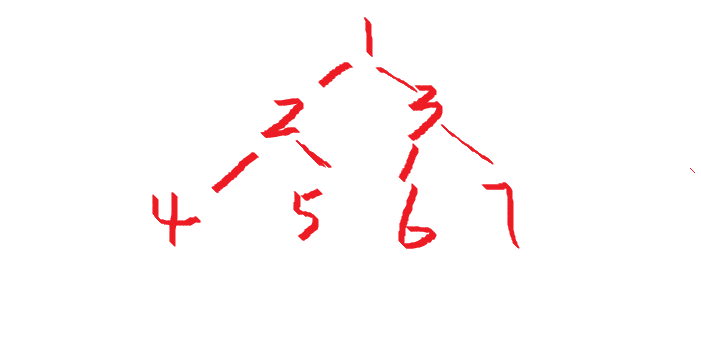
1.二叉树的创建及打印
package 二叉树;
import java.util.Scanner;
public class Main {
static class TreeNode{
int data;//结点存放的数据
TreeNode left;//左孩子的引用
TreeNode right;//右孩子的引用
public TreeNode() {
}
public TreeNode(int data,TreeNode left,TreeNode right) {
this.data=data;
this.left=left;
this.right=right;
}
}
TreeNode root;//整顿二叉树的根
public Main() {
root=null;//开始的时候根结点为空
}
Scanner sc = new Scanner(System.in);
//创建二叉树,递归思想,根,递归左子树,递归右子树,用0表示没有后继的点
public TreeNode createBinaryTree() {
TreeNode t;//当前的根结点
int x=sc.nextInt();//从键盘读入当前结点的数值,如果是0表示null结点
if(x==0) {t=null;}
else {
t=new TreeNode();
t.data=x;
t.left=createBinaryTree();
t.right=createBinaryTree();
}
return t;
}
public void printTree(TreeNode t) {
if(t!=null) {
System.out.print(t.data);
if (t.left!=null||t.right!=null) {
System.out.print("(");
printTree(t.left);
if(t.right!=null) System.out.print(",");
printTree(t.right);
System.out.print(")");
}
}
}
/*
1 2 4 0 0 5 0 0 3 6 0 0 7 0 0
*/
public static void main(String[] args) {
// TODO Auto-generated method stub
Main a = new Main();
a.root=a.createBinaryTree();
a.printTree(a.root);
}
}
打印结果:
//输入:1 2 4 0 0 5 0 0 3 6 0 0 7 0 0
1(2(4,5),3(6,7))
2.二叉树层次前中后序遍历
package 二叉树;
import java.util.LinkedList;
import java.util.Queue;
import 二叉树.Main.TreeNode;
public class Order {
/*
1 2 4 0 0 5 0 0 3 6 0 0 7 0 0
*/
public static void main(String[] args) {
// TODO Auto-generated method stub
Main a = new Main();
TreeNode root = a.createBinaryTree();
preOrder(root);
System.out.println();
midOrder(root);
System.out.println();
postOrder(root);
System.out.println();
levelOrder(root);
}
public static void preOrder(TreeNode root) {
if (root!=null) {
System.out.print(root.data+" ");
preOrder(root.left);
preOrder(root.right);
}
}
public static void midOrder(TreeNode root) {
if (root!=null) {
midOrder(root.left);
System.out.print(root.data+" ");
midOrder(root.right);
}
}
public static void postOrder(TreeNode root) {
if (root!=null) {
postOrder(root.left);
postOrder(root.right);
System.out.print(root.data+" ");
}
}
public static void levelOrder(TreeNode t) {
Queue<TreeNode> q = new LinkedList<>();
if(t==null) return;
q.offer(t);//根入列
while(!q.isEmpty()) {
TreeNode head = q.poll();//弹出列头
System.out.print(head.data+" ");
if(head.left!=null)
q.offer(head.left);
if(head.right!=null)
q.offer(head.right);
}
}
}
打印结果:
//输入:1 2 4 0 0 5 0 0 3 6 0 0 7 0 0
1 2 4 5 3 6 7
4 2 5 1 6 3 7
4 5 2 6 7 3 1
1 2 3 4 5 6 7
3.二叉树深度和叶子结点个数
package 二叉树;
import 二叉树.Main.TreeNode;
public class 二叉树深度及叶子节点个数 {
public static void main(String[] args) {
// TODO Auto-generated method stub
Main a = new Main();
TreeNode root = a.createBinaryTree();
System.out.println(treeDepth(root));
System.out.println(treeLeaf(root));
}
public static int treeDepth(TreeNode root) {
if (root==null) {
return 0;
}
return Math.max(treeDepth(root.left), treeDepth(root.right))+1;
}
public static int treeLeaf(TreeNode root) {
if (root==null) {
return 0;
}
if(root.left==null&&root.right==null) return 1;
else return treeLeaf(root.left)+treeLeaf(root.right);
}
}
📑文章末尾



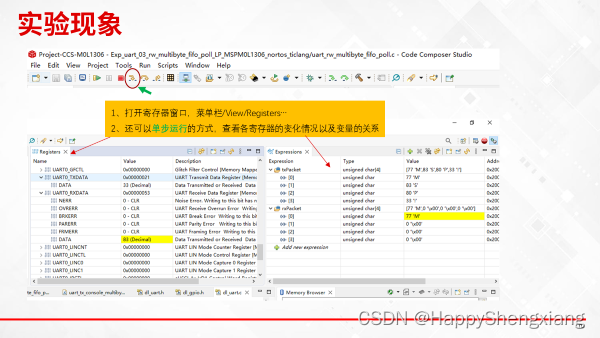

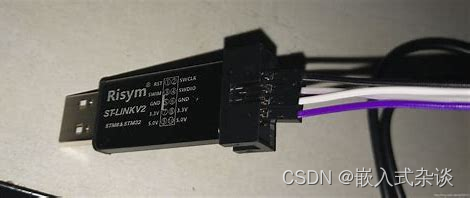

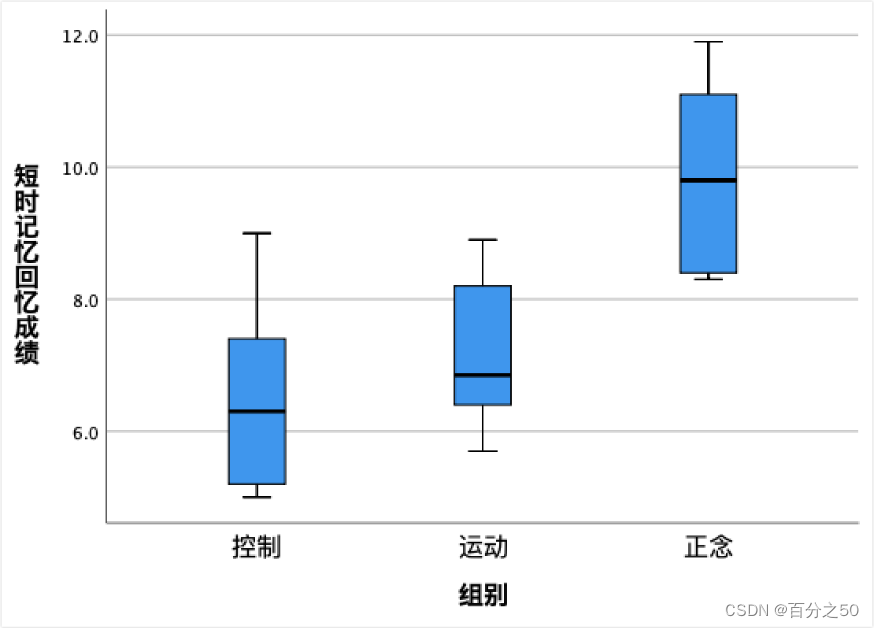
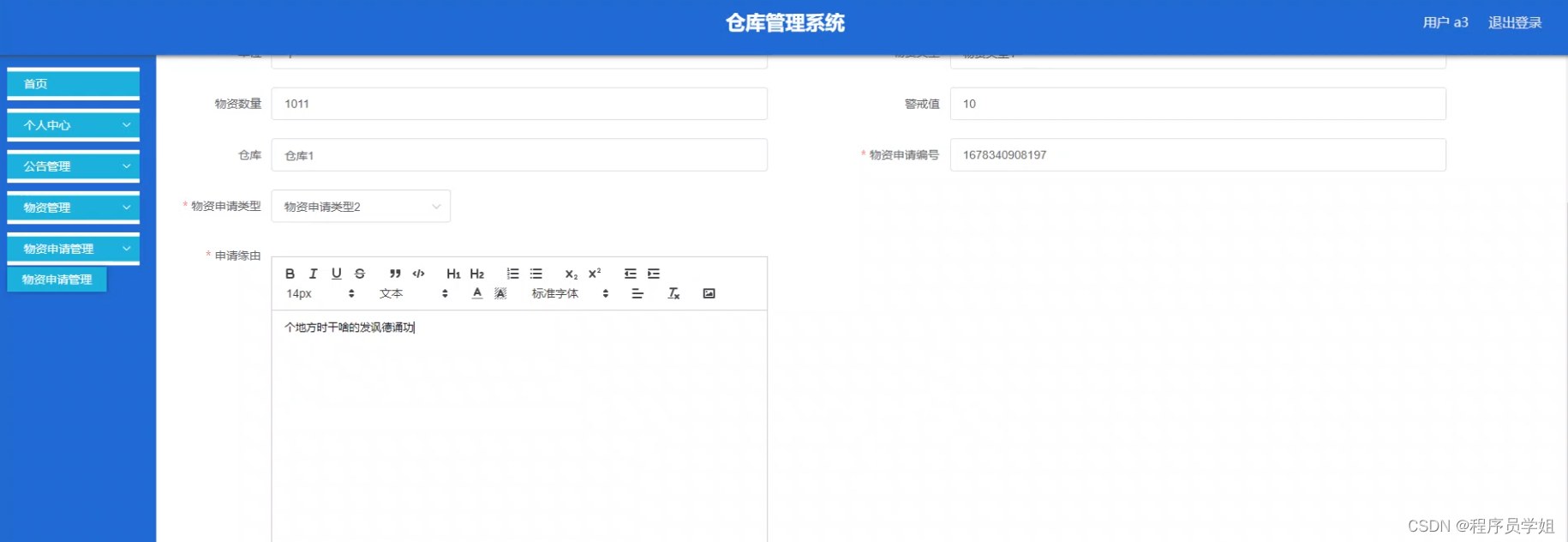

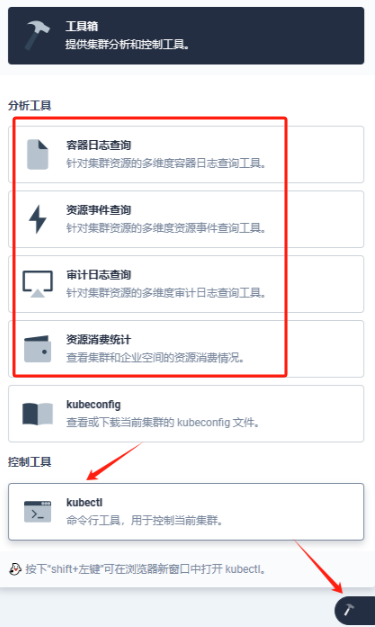
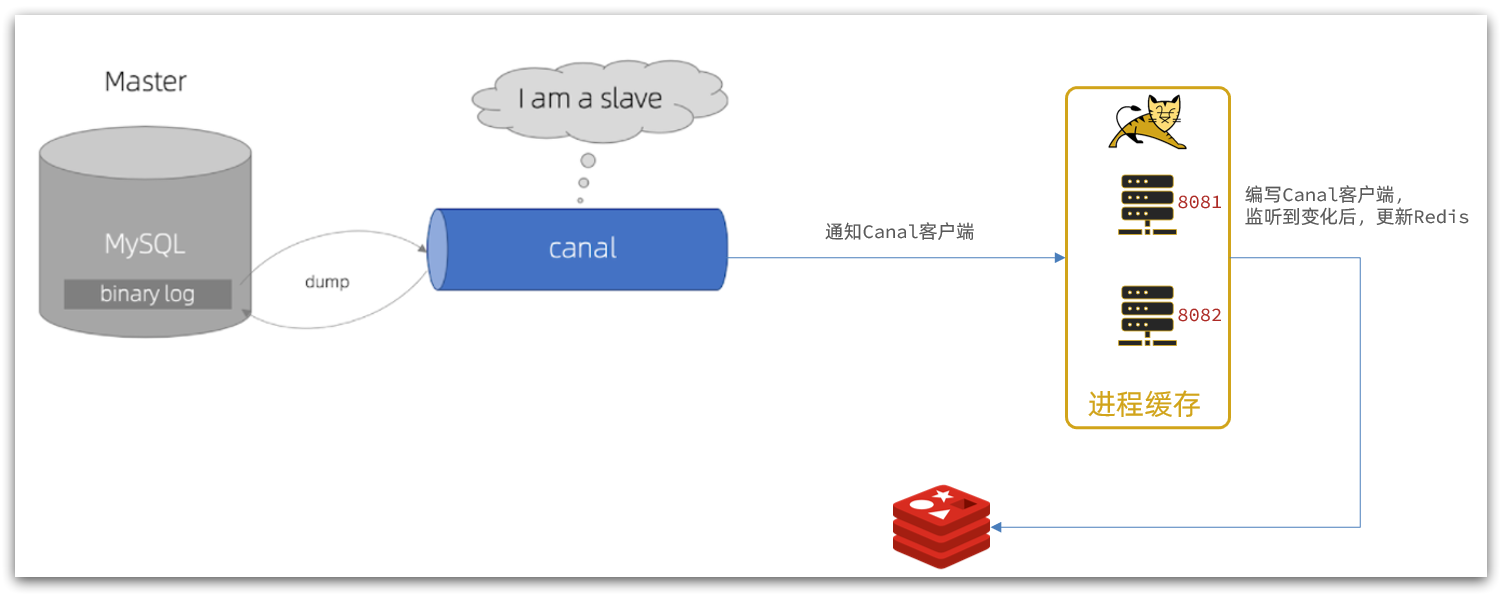




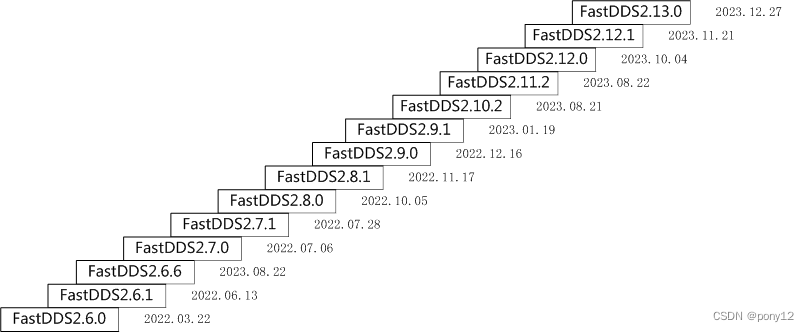

![[java基础揉碎]键盘输入语句](https://img-blog.csdnimg.cn/direct/4391ee84aa4d45e1bbf3997f259e5f0c.png)

